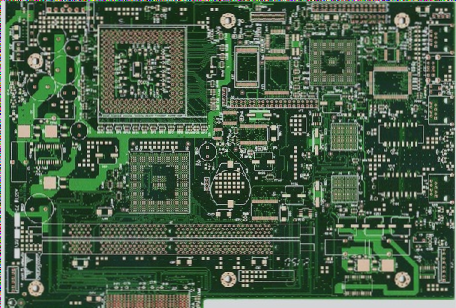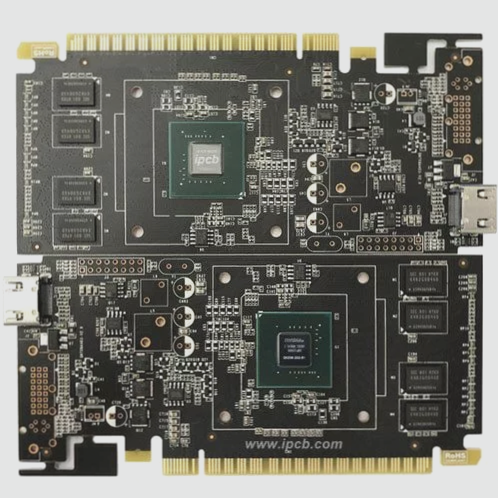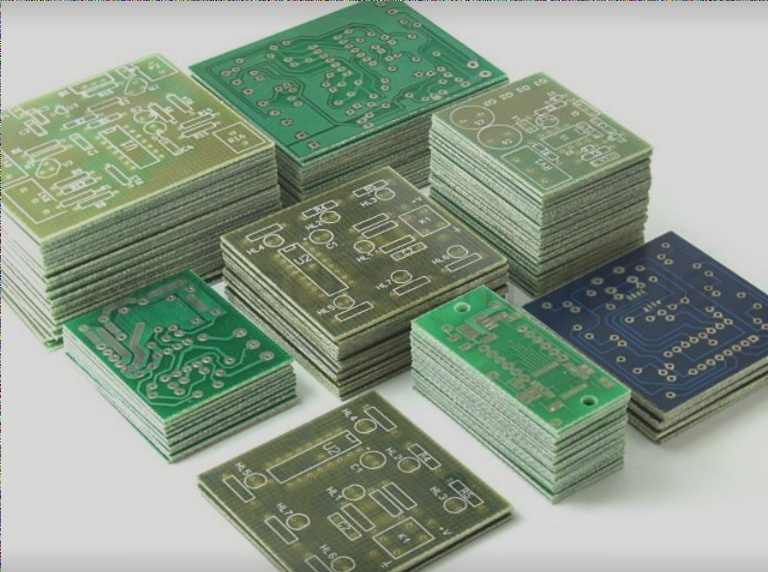Improving Solder Paste Printing Quality in SMT Chip Processing
In the electronics industry, SMT chip processing commonly uses SMT techniques, and various faults frequently occur. Statistics show that 60% of defects stem from solder paste printing. Therefore, ensuring the high quality of solder paste printing is crucial for the ultimate quality of SMT patch processing. The following editor will demonstrate how to address printing errors during patching.
Key Strategies for Enhancing Solder Paste Printing:
- Stencil Alignment: Ensure there is no gap between the stencil and the PCB during the “touch printing” method. This approach requires high stability for all structures and is suitable for printing high-precision solder paste. Maintaining good contact between the metal screen and the printed board results in high printing accuracy, especially for fine-gap and super-macro printing.
- Optimizing Printing Speed: Controlling the printing speed is crucial to prevent solder paste leakage and maintain resolution. Avoid excessively fast printing speeds, as they can hinder the quality of solder paste application.
- Choosing the Right Printing Method: Select between touch printing and non-contact printing based on the application requirements. Non-contact printing is suitable for solder pastes with varying viscosities and is ideal for wire screen printing and printed circuit boards with blanks.
- Selecting the Proper Scraper Type: Use steel scrapers for ICs with a distance of no more than 0.5mm to ensure the proper formation of solder paste after printing.
- Adjusting Scraper Settings: Operate the squeegee at a 45° angle during the welding process to improve the evenness of the solder paste opening and reduce damage to the thin steel plate. Maintain a scraper pressure of around 30N/mm for optimal results.
Solutions to Common Printing Failures in SMT Patch Processing:
- IC Mounting Height: When installing ICs, choose mounting heights with appropriate spacing to prevent solder paste collapse and short circuits during reflow.
- Refining Reflow Welding: Address assembly failures by carefully managing the reflow welding process parameters. Factors to consider include heating speed, temperature control, and the balance between solder paste and circuit board heating rates to ensure high-quality solder joints.




